Forgotten important sculptor of the second half of 12th century, Marino Di Teana
By HUANG YU-WEN
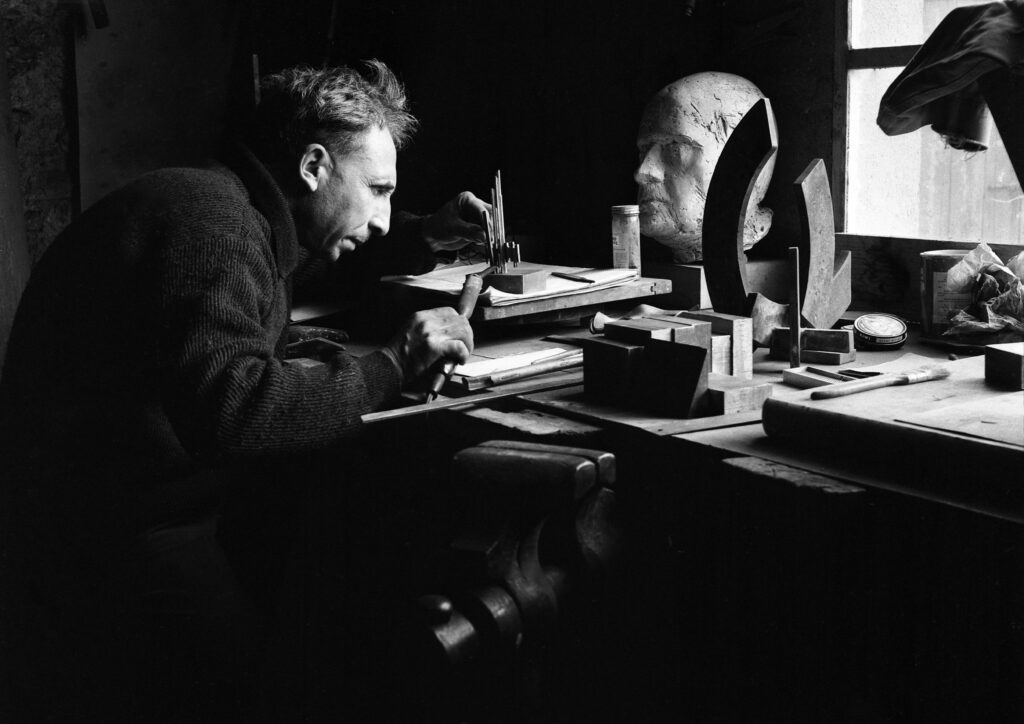
At the FIAC in 2014, Paris International Art Fair, one of the most popular Swiss artist Valentin Carron presented a resin sculpture, which was accused of plagiarizing the outdoor sculpture of Italian sculptor Francesco Marino Di Teana, installed in 1977 in front of the Neuchâtel Museum in Switzerland. Valentin Carron seemed to scan and print Marino Di Teana’s work in 3D technology with its marble base which was ordered by the museum. The sculpture also took the same name as Aube (The Drawn). The Eva Presenbuber Gallery, which exhibited this work at Art Fair, said ” Marino Di Teana? But it’s okay, fortunately he has already passed away.”

Right : Valentin Carron’s sculpture “The Dawn” presented at FIAC in 2014
After the scandal broke out, Kamel Mennour Gallery invited the contemporary artist and Nicolas Di Teana, the heir of Marino Di Teana’s work, to an academic debate at the Academy of Fine Arts to openly talk about the original intention of the creation, which was broadcast live on French cultural radio. Whether Valentin Carron’s work deliberately copied and created the contemporary version or want to pay tribute to the perfect proportions calculated by the predecessors, there is still no clear answer. On the contrary, thanks to this plagiarism incident, European art circle began to talk about this important sculptor of the late 20th century.

Right : Alba en su plasma, Water and tempera,153 x 105 cm, 1993. Copy right : Galerie Loft Paris
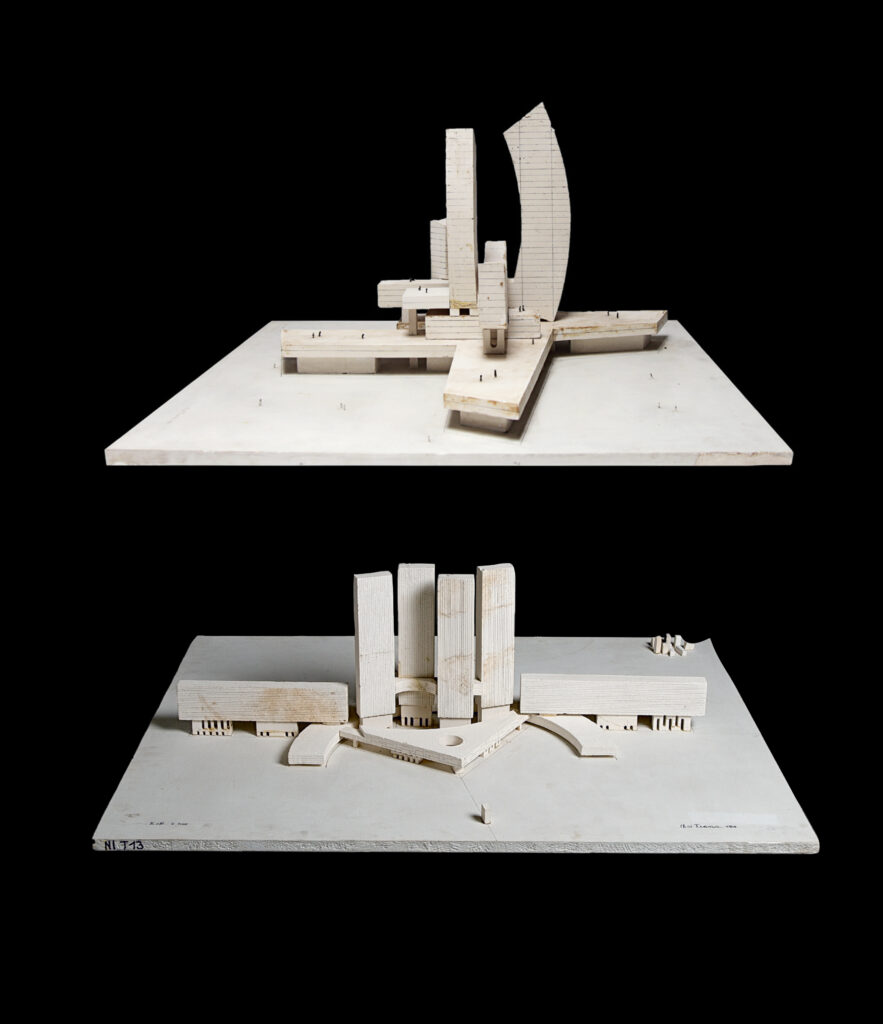
“Marino Di Teana is the sculptor and modeler who like the most architect and graphic designer. His study of the thought and his creation are very similar to an urban planner. To explore the space from sculpture construction, he has a dream to combine the art with the architecture.” The quote was from the preface written by the internationally renowned French architect Jean-Michel Willmote for the collection of Marino Di Teana published by Loft Gallery in 2018.
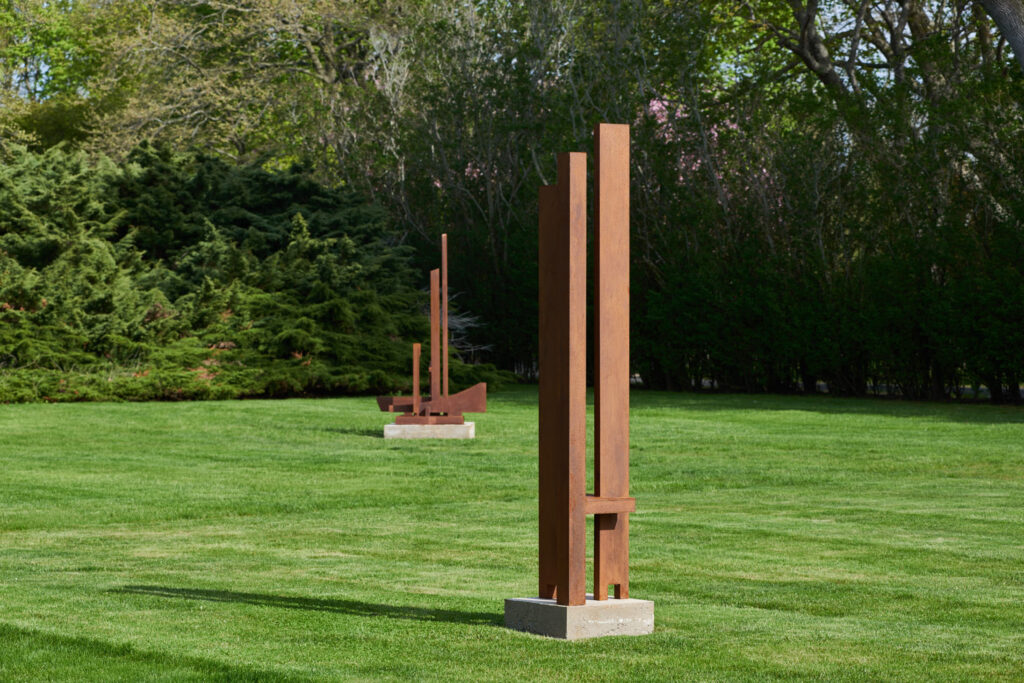
Marino Di Teana was born in Italy in 1920. After the outbreak of World War II, he moved to Argentina. He was an apprentice on the construction site and gradually became an independent architect. However, he didn’t follow his father’s expectations and studying art instead of architecture. In 1954, attracted by the creative atmosphere of France, he decided to settle in Paris and start his artist’s career. Marino Di Teana presented himself with a shoe box full of models to the prestige gallery Denis René. The gallery owner, who is regarded as a legend in the art circle, immediately saw his talents. In the following two decades, she organized many exhibitions for this young artist and presented with many famous artists, such as the leader of Op art Vasarely, the representative of Kinetic Art Jesús-Rafael Soto, the initiator of abstract art Julio Le Parc, Sonia Delaunay.
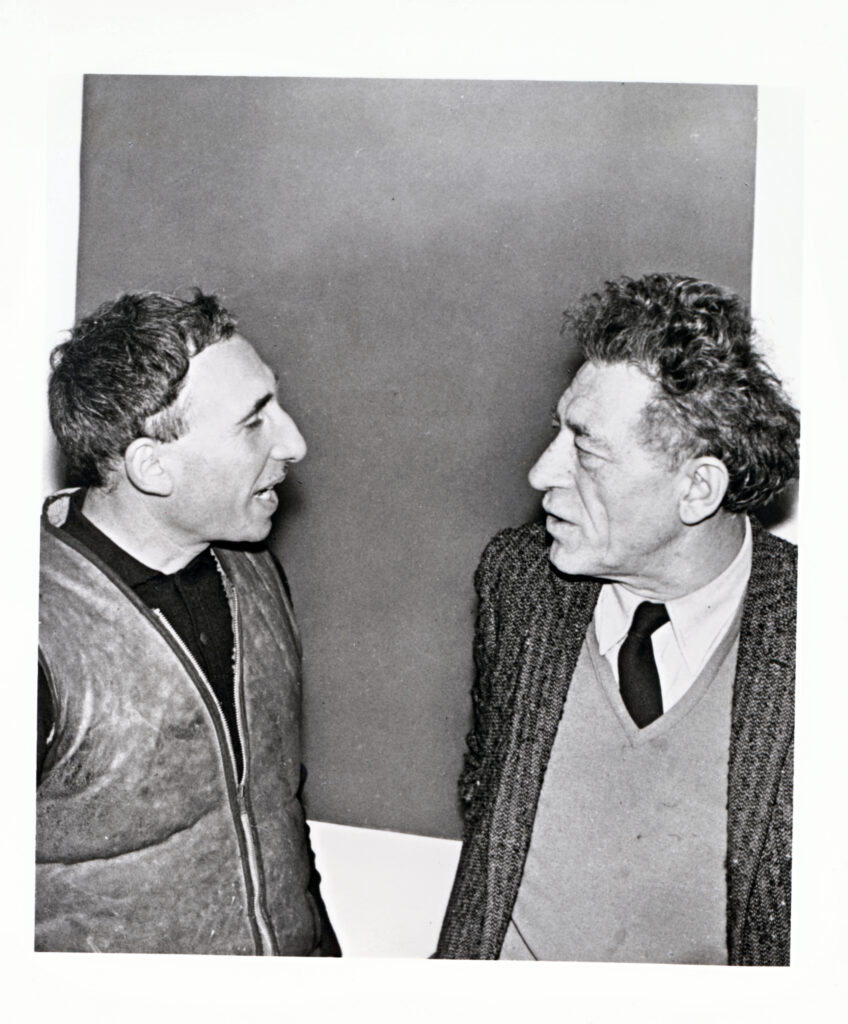
In 1962, he won the first prize of Saint Gobain at the First Industrial Sculpture Award in France. Giacometti, one of the judges and the well-known sculptor, said: “I voted for Marino Di Teana because the idea of his work was the clearest. It was also the most abstract sculpture in the exhibition and at the same time the most perceptual. His creation crossed the two major fields of art and construction. The rhythmic work grasped the visual beauty precisely. The most touched part of the work is composed of the line, like the construction in Mondrian’s painting. After receiving the first prize, European media reported a lot about the young sculptor. The enormous sculpture of 7 meters in length exhibited at the grand Palace in Paris at the year of 1963 was the predecessor of most popular Monumenta installation art in those years. In 1963, he exhibited a monumental sculpture of 7 meters in length at the Grand Palais in Paris. The Museum of Modern Art in Paris devoted him a large-scale solo show. Musée d’Art Moderne de la Ville de Paris arranged a big individual exhibition for Marino Di Teana. Even he is highly praised by contemporary art circle, Marino Di Teana still focused on his own creation, and he had no interest in commercial exploitation inart market. He was still very modest and lived a simple and disciplined life. He got up at six o’clock and went into the studio to start creating regularly and day by day before he passed away in 2012.
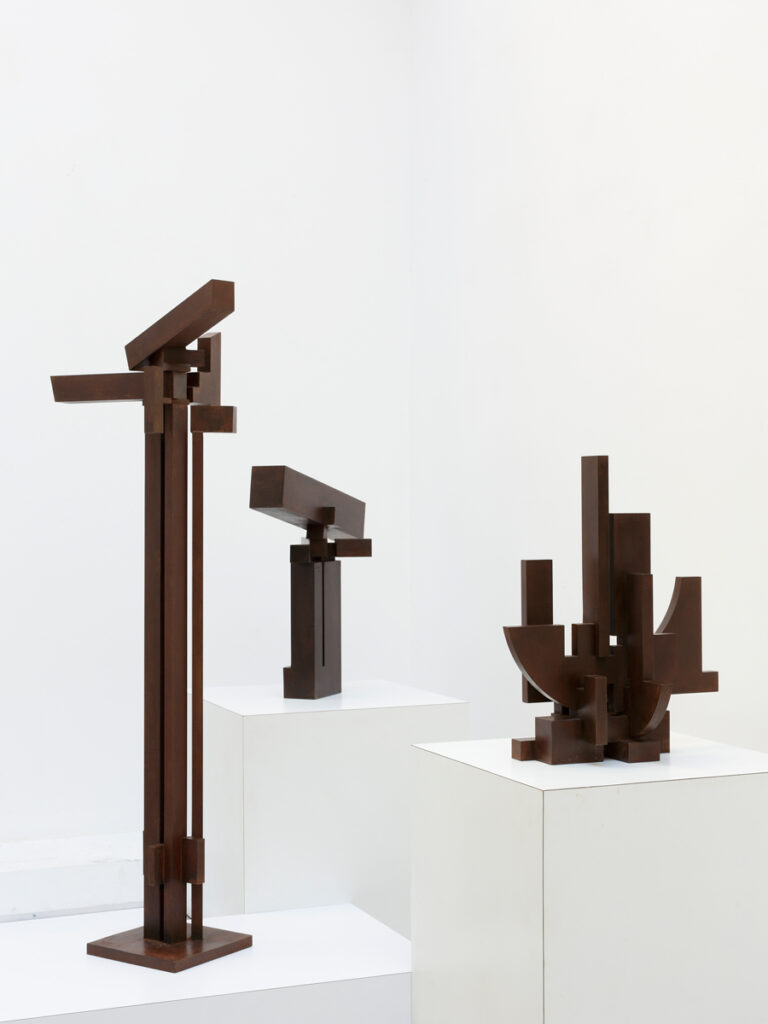
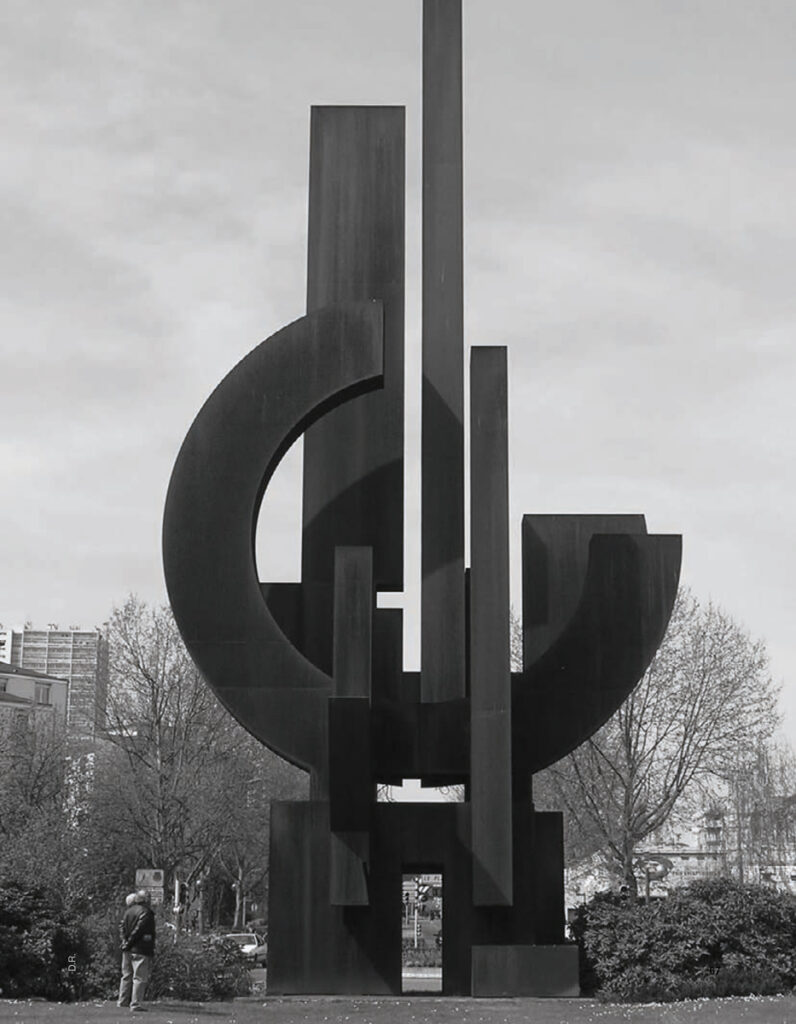
Marino Di Teana is an artist, philosopher, architect, and even a poet. He published a very poetic calculation theory “thri-unitary”, calculating the empty part of the sculpture structure. During his lifetime, the artist realised more than sixty monumental sculptures all over Europe. For Marino Di Teana, artists should not just focus on personal creation, they should transcend timeliness. For all art lovers, if you come to Paris, please follow the map and try to find the works of Marino Di Teana in the city.
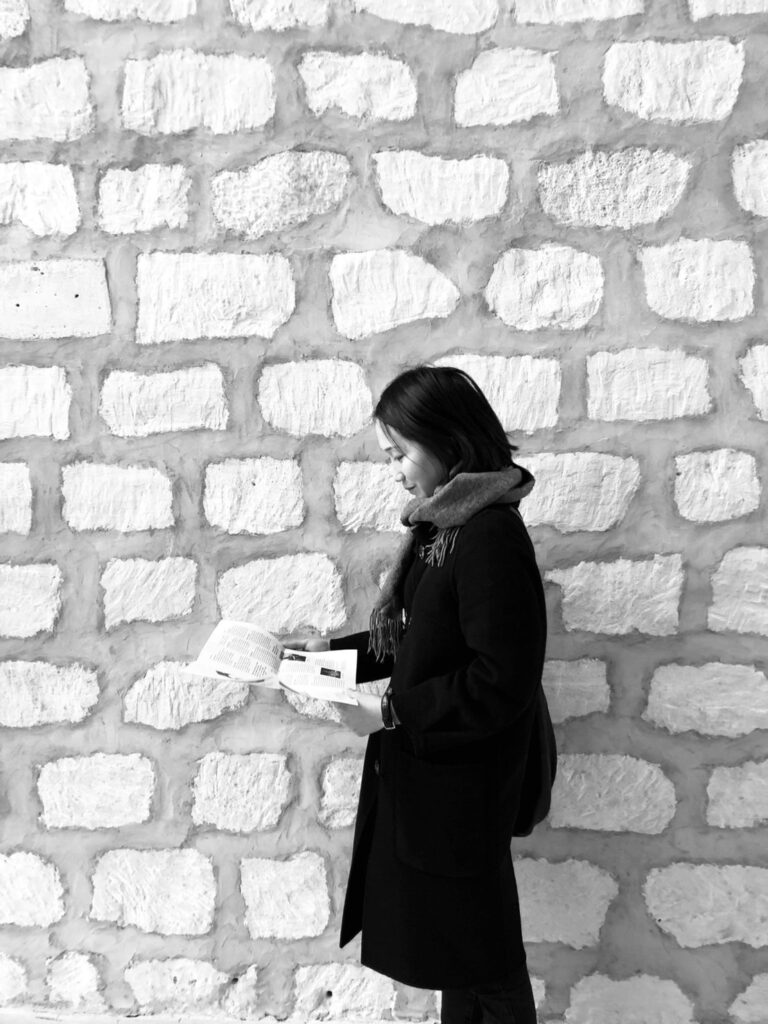
After a few years of curatorial planning in Taiwan,she went to France to study art administration and digital art. Currently,she lives in France and works in a classic gallery with decades of experience in Paris, in order to deeply observe the context and latest situation of the European contemporary art market. In her spare time,likes to be in contact with nature, or to do clay art in the studio.
(Photo by Wang Te-Fang )

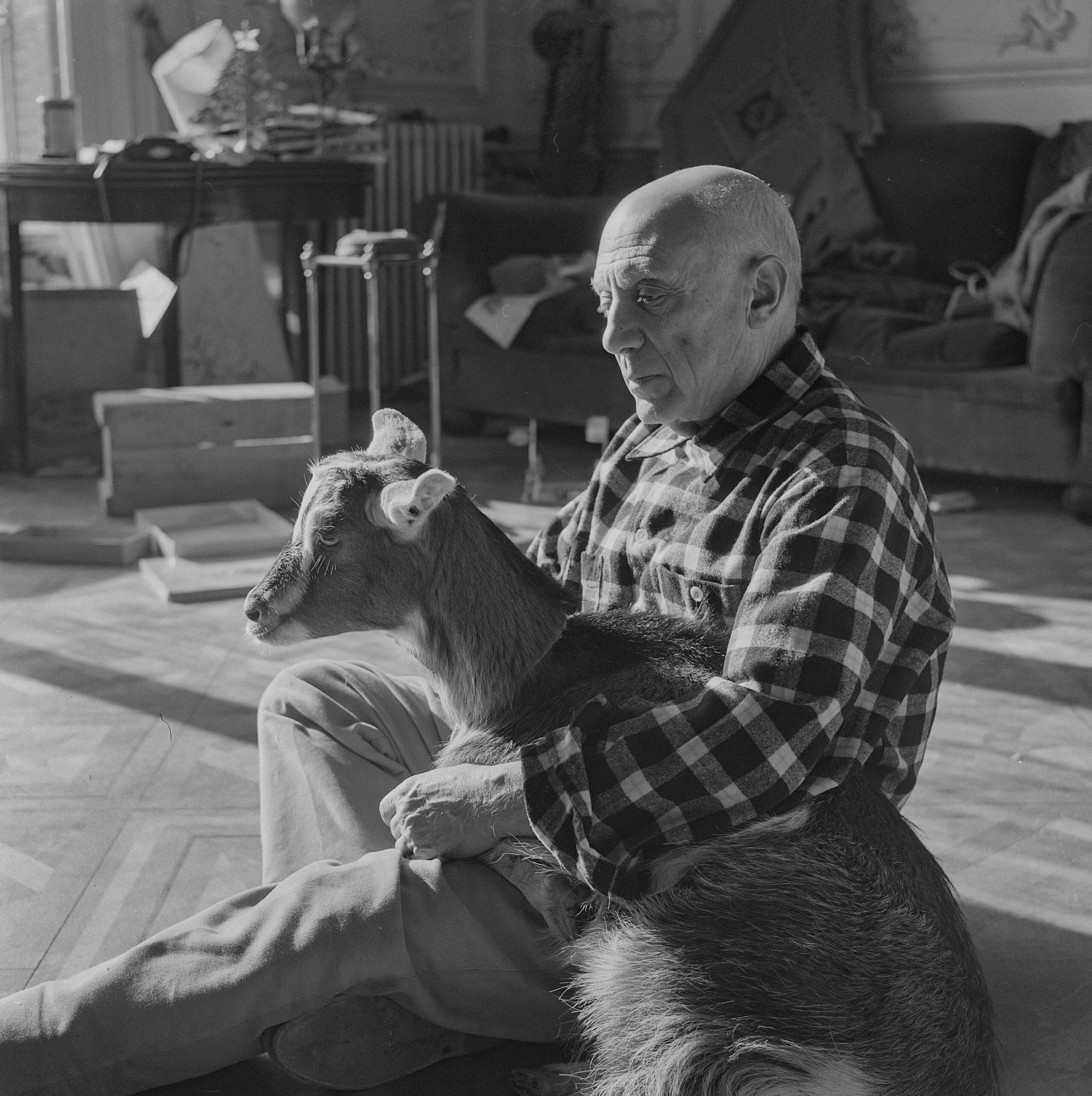
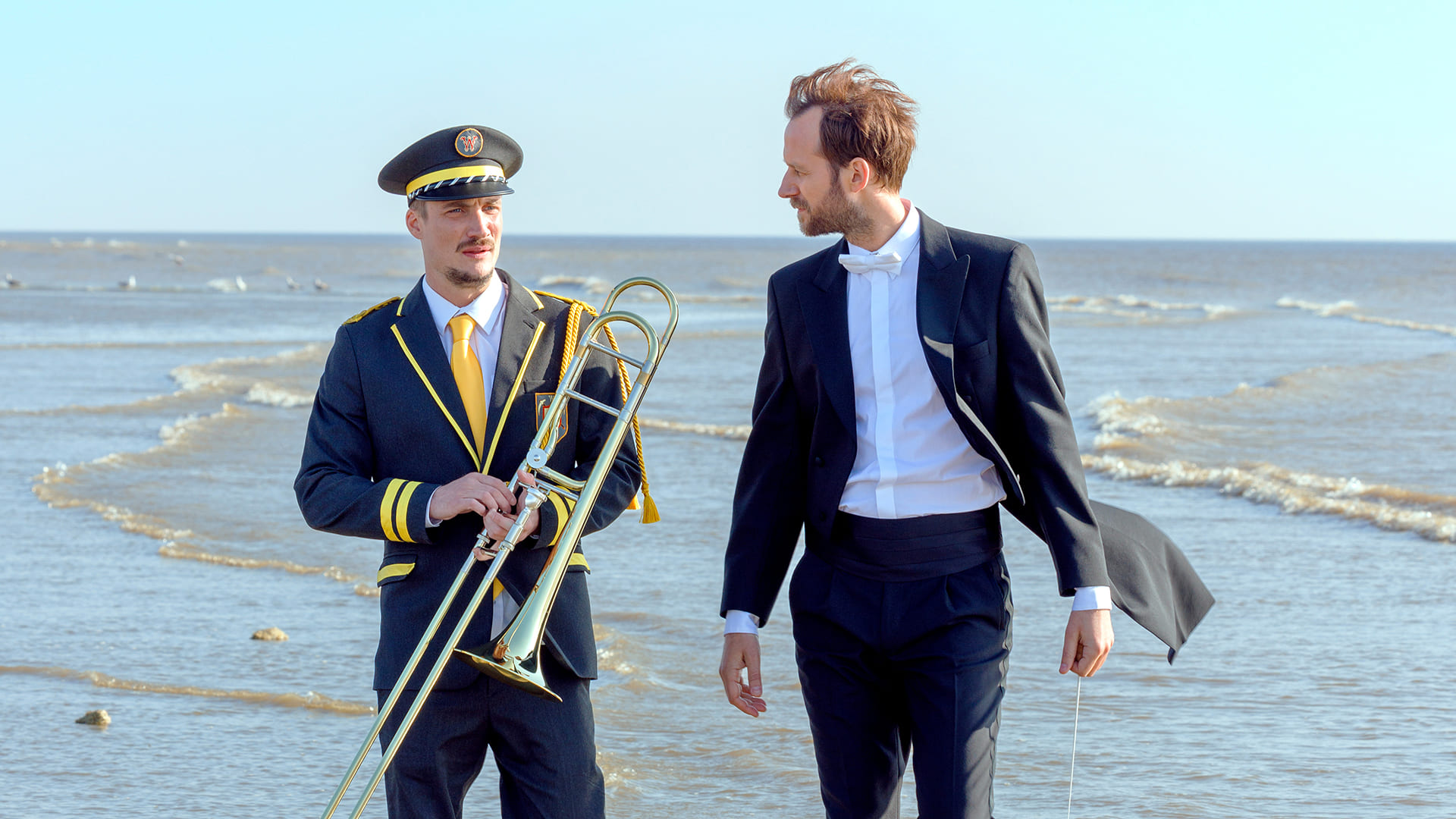
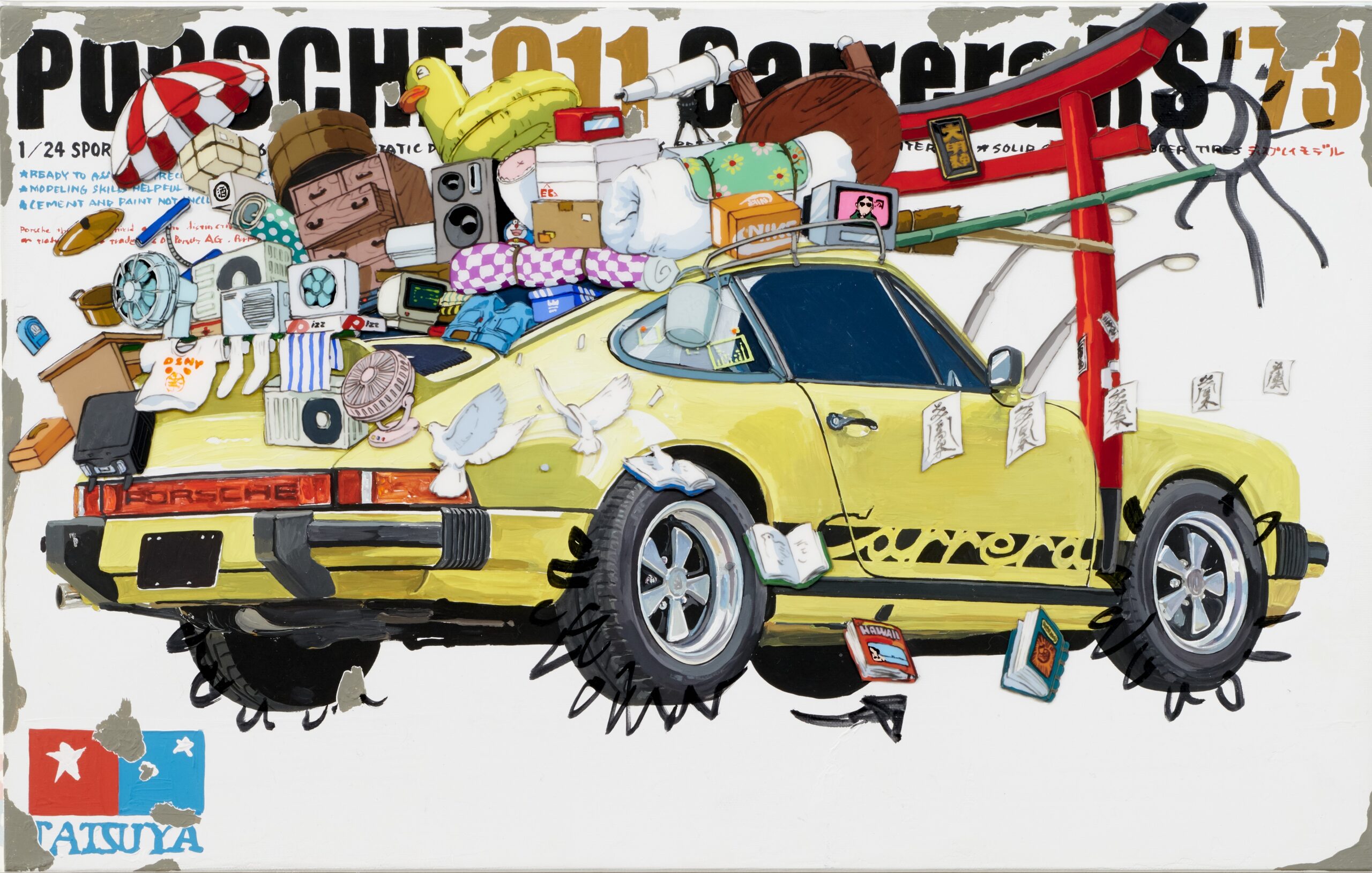
©忠泰美術館-1.jpg)